There are many „publishers“ who take advantage of Open Access publishing model and misuse it for their own benefit. They prioritize collecting money on Article Processing Charges (APCs) at the expense of providing the proper editorial work. They publish fake psedoscientific publications, which are not subjected to proper peer-review process, they are of disputable quality and published data are not verified by reviewers. Such publications are not considered to be reliable. These journals (publishers) are called predatory OA journals and/ or publishers; questionable journals and/ or publishers. Such journals are not advisable for publishing.
To distinguish predatory journal from a journal of lower quality is not unambigous, their final impact is more or less the same. It is up to the author to decide, where to publish and which community to share their research output with.
Basic instructions:
Check the journal credibility on the website Think. Check. Submit.
Check the conference credibility on the website Think. Check. Attend.
Many articles have been published on the subject, an interesting article providing an overview on predatory publishing was published in 2019 in Nature.
Which types of publications are the subject to predatory publishing?
- Standalone journals
- Journal collections of one publisher
- Conferences (conference events themselves as well as conference proceedings, which might be independent proceedings or proceedings published with predatory journals)
- Books - so-called vanity press (publishing on demand). Authors cover the costs of publishing while publishers do not provide common editorial processes. E.g. Lambert Academic Publishing, a part of Omniscriptum Publishing Group (formerly VDM Verlag Dr. Müller) - they often address graduates with an offer of publishing their final thesis. The same politics as with journals: the lack of peer-review process, high costs, low impact and consequently it is impossible to publish the results with respectable publisher.
Which disciplines are most affected by predatory journals?
- Social sciences and humanities, educational disciplines, medicine, biomedicine, pharmacology, natural sciences in general, biology and chemistry in particular and general engineering.
Why are predatory publications „dangerous“?
- Publications are not submitted to good quality peer-review process and as a result their content is not reliable (published information might not be reliable), there might be serious mistakes in the text or misleading conclusions.
- Author does not have a chance to share the research results with the desired scientific community. The impact of these publications is questionable.
- As the results have been published, it is not possible to reuse them for respectable publishing.
- Any communication with the publisher regarding the article retraction or correction is usually impossible.
- Author’s name (and affilliation) is connected with unreliable publisher, which devalues the work itself. Everybody can see the publication on the Internet and there is no way to change the situation.
What is typical of a predatory journal?
- Deviation from best editorial and publication practices.
- None or fictional peer-review process. Misleading claims about the rigour of peer review process. Epressions such as "Review in 3 weeks", "Publishing within 72 hours" are common (See example 1) - peer-review time is just too short for a process of a good quality.
- Fast peer-review process, absence of author’s final proofreading, publication of the article without author‘s consent.
- Difficult communication with editorial board.
- Very low percentage of denied publications (works of low quality).
- Breach of publication standards.
- Aggressive or tempting solicitation practices: repetitive e-mail invitations for publishing in a journal or invitations for attending a conference.
- Too general scope, general titles, misleading geographical names such as "European journal of …" with the residence outside Europe.
- Too broad or unclear journal and conferences titles. Common titles include e.g. "journal of advances in...", "journal of current trends in...", "journal of research in ...", "journal of modern trends in...", "international journal of...“.
- Imitating titles of prestiguous journals - changed word order of a specific journal title, resembling and replacable abbreviation of a respected journal title (see example 2), changed name of the reputable journal by added definite article "The": Journal of versus The journal of, etc.
- Misrepresentations of the editorial board. Presenting esteemed scientists as members of publisher’s editorial board without their approval.
- The same editorial board for more than one journal of different disciplines with one publisher.
- Incorrect addresses, incomplete information on publisher’s residence (non-existing address, only P.O.BOX)..
- Non-existing or short e-mail contact for editorial board (contact form, general e-mail account at public email servers, such as gmail.com for example).
- Contradictory website information, especially licence and copyright terms.
- Presenting fake impact factors ("Global Impact factor", "Universal Impact Factor" for exmaple). Misuse of ISI abbreviation (e.g. "International Scientific Indexing"). Originally ISI is the abbreviation for the Institute for Scientific Information, the company founded by the founder of citation indexes (dr. Eugene Garfield) in 1960.
- Presenting wide list of databases, where the journal is indexed. Includes misleading indexes of questionable quality and formal indexes, which do not check journal quality (Google, Google Scholar, CrossRef/DOI (DOI register) for example).
How to verify a journal?
Warning signs should be assessed with care. Signs to follow:
- Obtain the journal references (possibly the references on the publisher) from your colleagues, from reliable debating forums, etc.
- Read the journal articles to find out their expertise.
- Check up on the publisher’s reputation. Is it a familiar institution in its discipline?
- If an Impact Factor is stated or so-called ISI indexing, the journal must be indexed by Journal Citation Reports a journal index for Web of Science.
- Check the DOAJ - Open Access journal register. DOAJ indexing is subjected to the regional editor’s review. DOAJ indexing might be carefully considered a sort of "whitelisting". Since the list is not complete, the journal absence does not necessarily mean its unreliability.
- Check the databases where the journal is claimed to be indexed:
- Database quality check - necessary to check whether the database checks up on the quality of the content. The following databases do: Web of Science, Scopus, Ebsco, ProQuest, Elsevier, Chemical Abstracts (CAS), PubMed Central, BioMed Central, Inspec, BASE, etc.
- Publishers present public indexes and search engines, however their indexing is done almost automatically and they do not check up on the quality of the content: Google, Google Scholar, Crossref (DOI register), ROAD, WorldCat and the like.
- Publishers present many unknown registers of doubtful quality such as Index Copernicus, DRJI, Academic Keys, ResearchBib, even SCI-Hub and the like.
- Check the regular journal indexing in the databases – it is necessary to check, whether the journal is indexed regularly and systematically. Publishers might mention the database even when only several chosen articles might be indexed, or even when indexing itself might have been interrupted (because of the lower quality for example).
- Beall's list - blog, which contains, among others, criteria and a list of potential predatory journals and publishers collected by Jeffrey Beall (librarian at the University of Colorado). The original blog was withdrawn by the author in January 2017. J. Beall’s activities brought an attention to predatory publishing and summarized criteria that are typical for predatory publishers. A number of activities follow up on Beall's list, and are anonymous on purpose. These lists shall be assumed as an informative list of potentialy predatory journals and publishers.: Beall's list of predatory journals.
- In case of conference it is important to verify the organizer, the institution, which arranges the conference; the journals, which organizers promise publishing the conference papers in.
- Check the ISSN identifier in the ROAD register to verify ISSN existence formally.
Examples of common practice
Example 1
Journal of Hematology & Thromboembolic Diseases
indexed:
- CrossRef/DOI - (!) despite being a respectable index, it only formally indexes journal and article metadata
- Academic Keys - academic work platform, incomplete criteria of a journal indexing
- CNKI - Chinese register of electronic resources
To compare with a reputable journal:
International Journal of Hematology
indexed:
- WoS - Science Citation Index Expanded, Journal Citation Reports/Science Edition - IF 2.245 (JCR 2019)
- Scopus
- PubMed/Medline, EMBASE, Chemical Abstracts Service (CAS), Google Scholar, CSA, CAB International, Academic OneFile, Biological Abstracts, BIOSIS, CAB Abstracts, Current Contents/Clinical Medicine, Elsevier Biobase, Global Health, INIS Atomindex, OCLC, PASCAL, SCImago, SPOLIT, Summon by ProQuest
Example 2
International Research Journal of Public and Environmental Health (IRJPEH)
indexed:
- Global impact factor 0.386 - Fake register imitating Impact Factor
- Google Scholar
- Academic Keys - academic work platform, incomplete or unclear criteria of a journal indexing
- Open Academic Journals Index - Russian list of journals, questionable criteria of a journal indexing
- Sherpa/RoMEO (University of Nottingham) - register of Open Access publisher’s and self-archiving policies; does not review journal content quality
- Chemical Abstracts (CAS)
- Open J-Gate - Indian register of electronic journals, admission fee, no information on indexing
To compare with a reputable journal:
International Journal of Environmental Research and Public Health (IJERPH)
indexed:
- WoS - Science Citation Index Expanded, Journal Citation Reports, IF 2.849 (JCR 2019)
- Scopus
- MEDLINE (PubMed)







